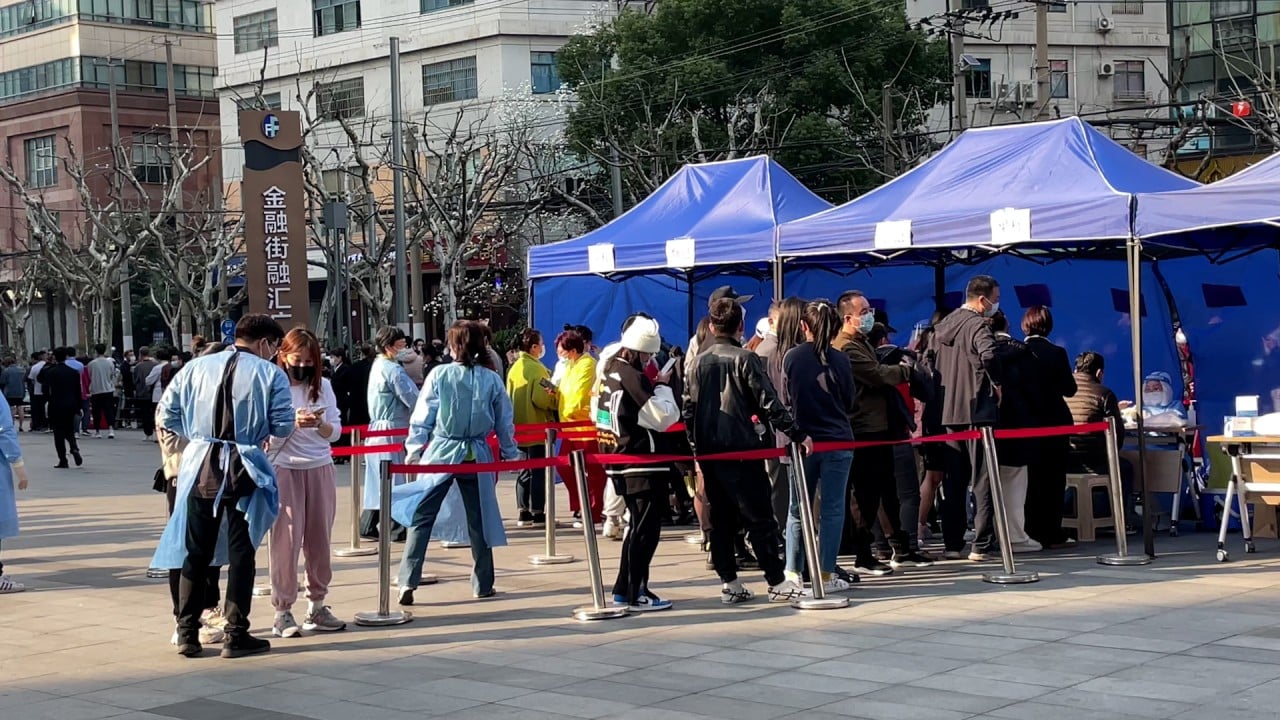
China reports another 3,000 Covid-19 cases as latest surge continues
- Northeastern province of Jilin remains the epicentre, accounting for 60 per cent of local infections
- The daily total is down from the previous day’s biggest rise in infections in the country since early 2020 in Wuhan
The National Health Commission (NHC) reported 3,054 new local cases on Wednesday – 1,860 people with symptoms and 1,194 without.
The cases were found across the country but most were in the northeastern province of Jilin, the latest epicentre. It recorded 1,853 locally transmitted symptomatic and asymptomatic infections, making up 60 per cent of the national total.
The city of Jilin, which reported most of the asymptomatic cases in the province, launched a new round of mass testing on Wednesday to “thoroughly uncover hidden infections”, according to local officials.
It came after Vice-Premier Sun Chunlan, who has been leading the fight against the virus, told officials in the city to step up nucleic acid testing – with newly approved rapid antigen tests to be used as a supplementary tool.
Sun visited Jilin city and Changchun – another hard-hit city in the province – on Monday and Tuesday, calling on officials to achieve “dynamic zero-Covid” and end the spread of the virus as soon as possible.
She also told officials to ensure there were enough places for close contacts of cases to be quarantined.
With Covid-19 cases reported in nearly every part of the country in the past two weeks, China’s tough zero-tolerance policy is being put to the test, but the government has said it will stick to the strategy.
Lockdowns and mass testing, often involving millions of people at a time, have kept cases and the death toll relatively low. The country has also been largely closed off to the world in an attempt to prevent people with the virus from entering.
But since the start of March, more than 18,000 people have contracted Covid-19 in mainland China, with fast-growing clusters in the provinces of Jilin, Shandong, Guangdong and Hebei, as well as the municipality of Shanghai, according to the NHC.
Also on Wednesday, the northern province of Hebei reported 277 infections, mostly in the city of Langfang, which is about 1½ hours’ drive from the capital Beijing.
In Beijing, a cluster of 15 cases were reported that health authorities said were linked to a school, with seven students and eight parents infected.
And in the northwestern province of Shaanxi, the government of Xian said more than 15 million people had been tested as of Wednesday, with no new cases found in early results. Residents were told to get tested after infections were reported in the city. Eight locally transmitted cases were logged on Tuesday.



